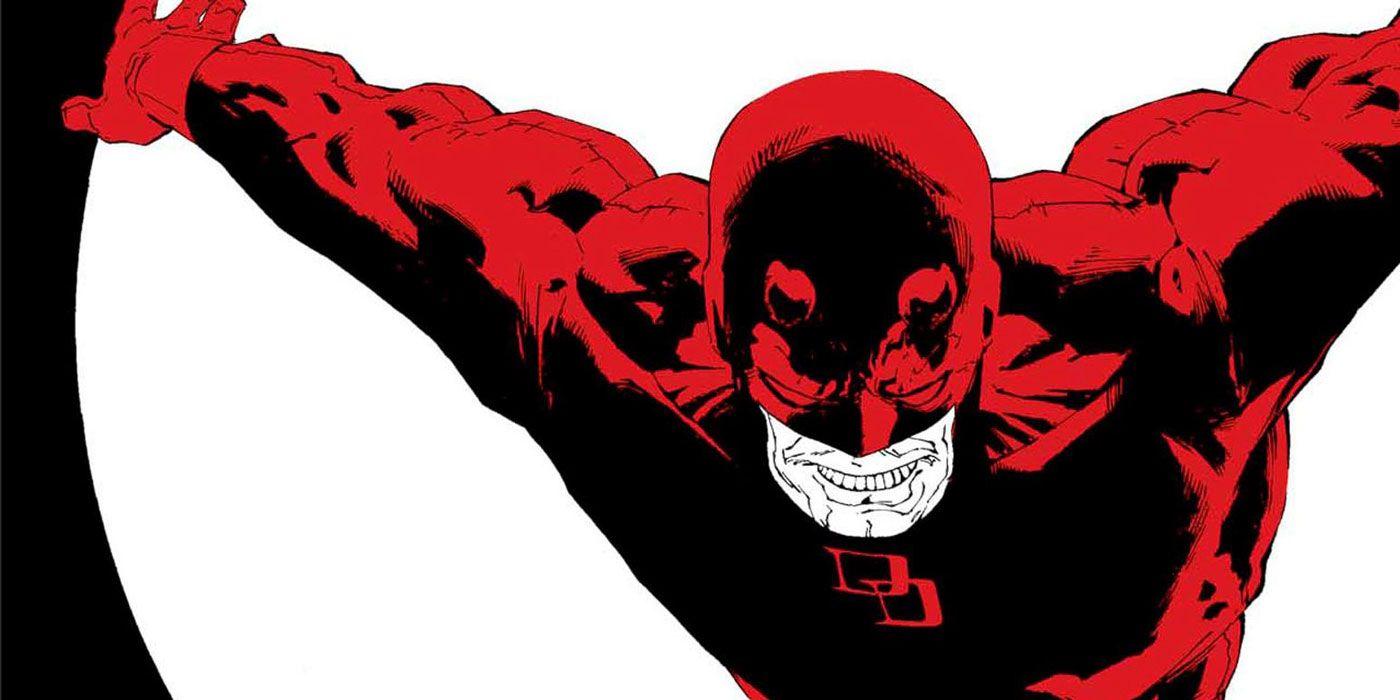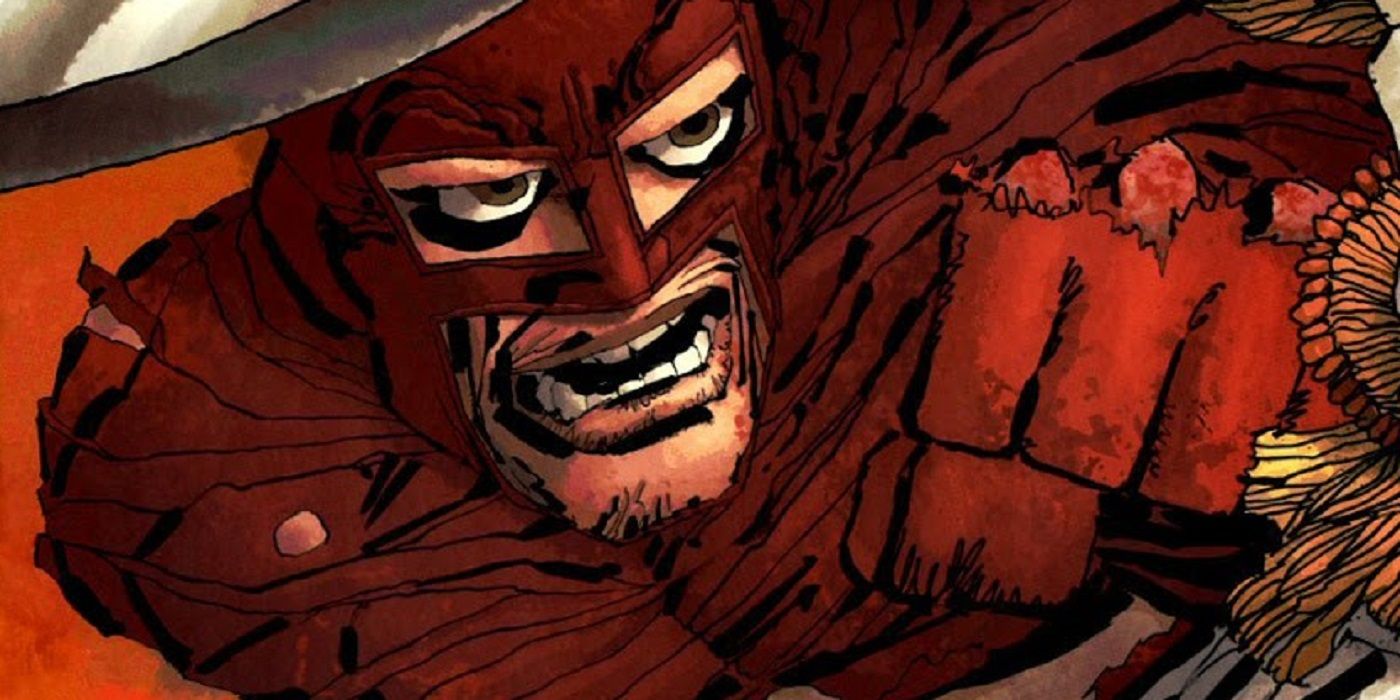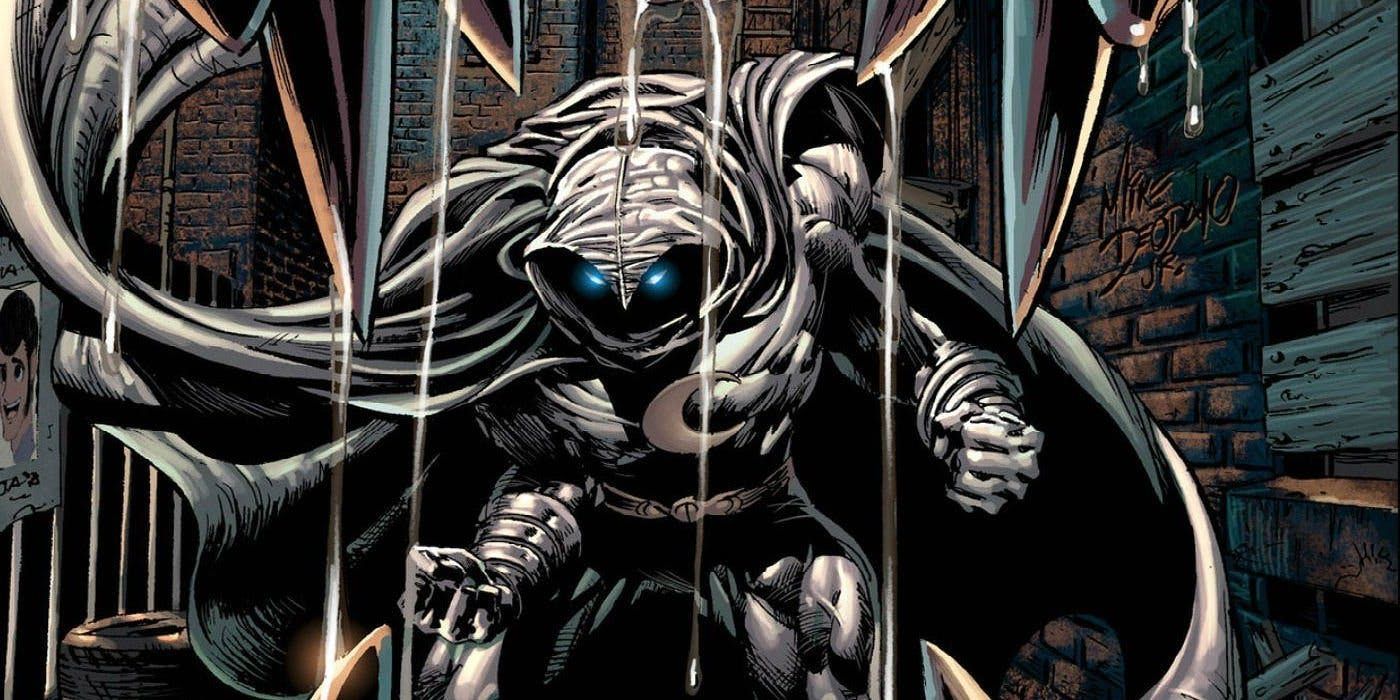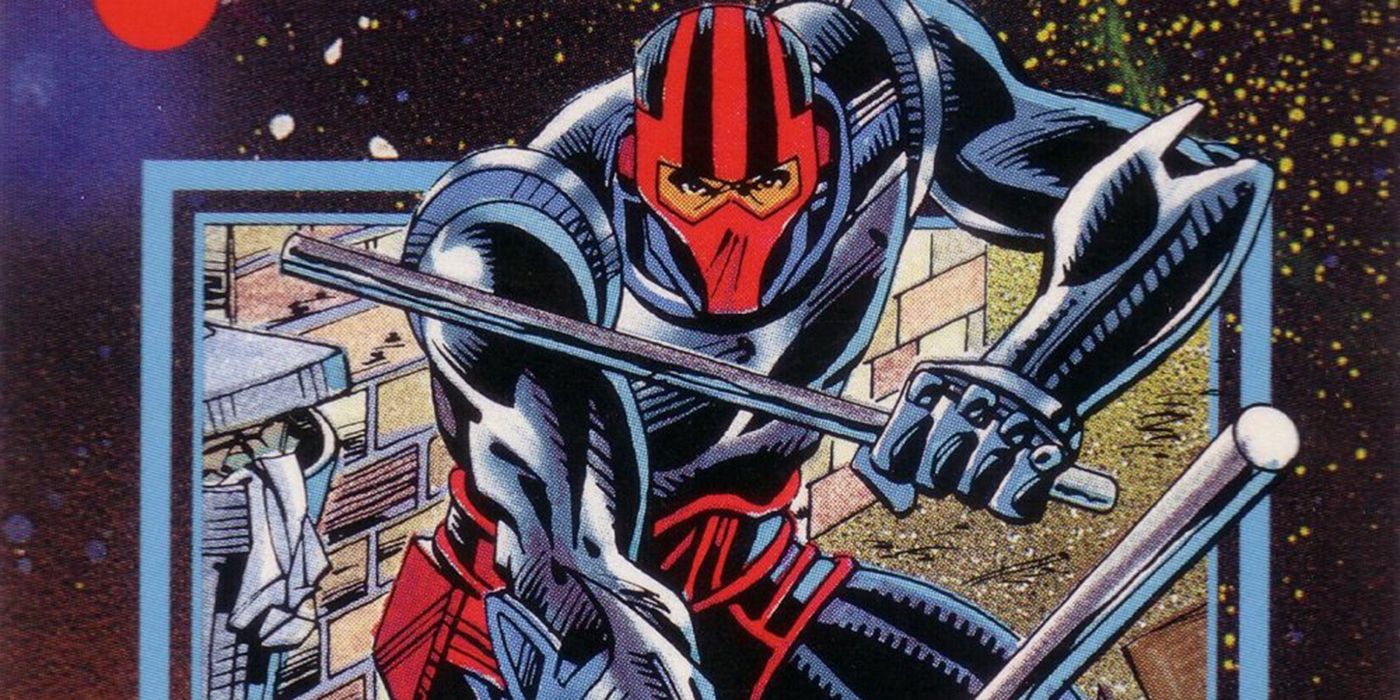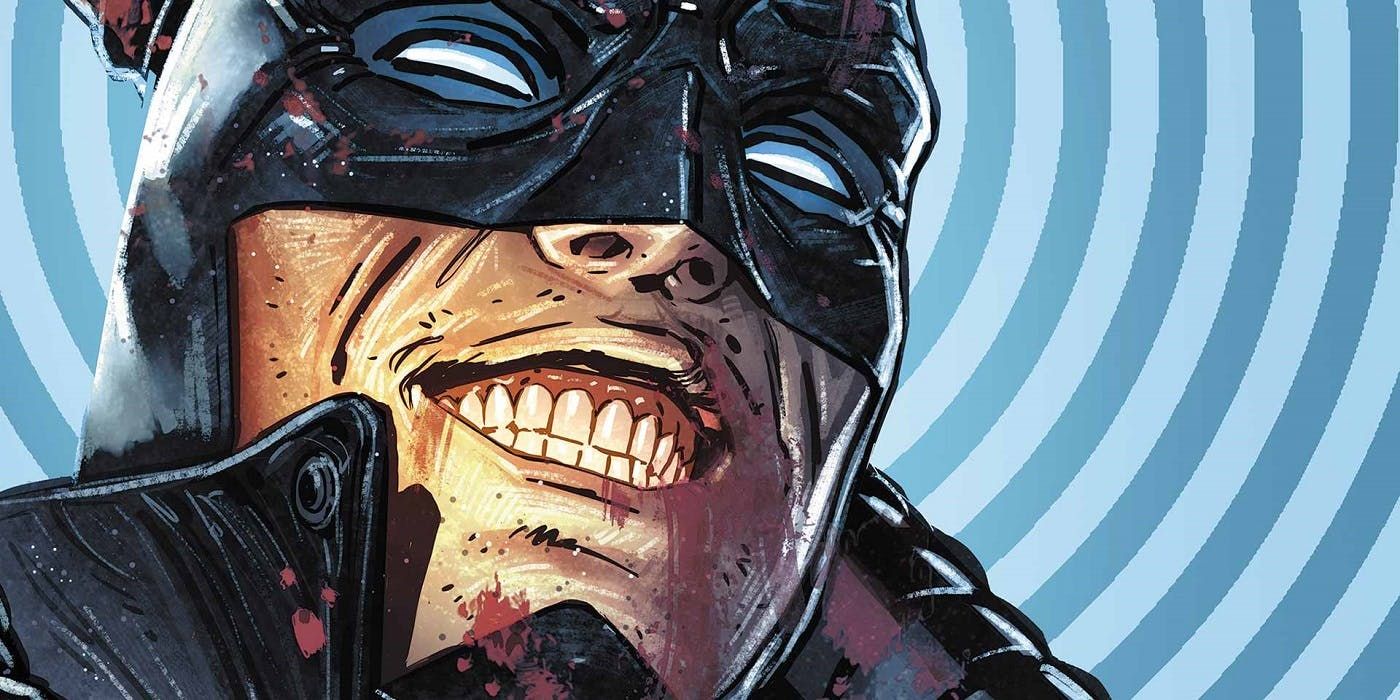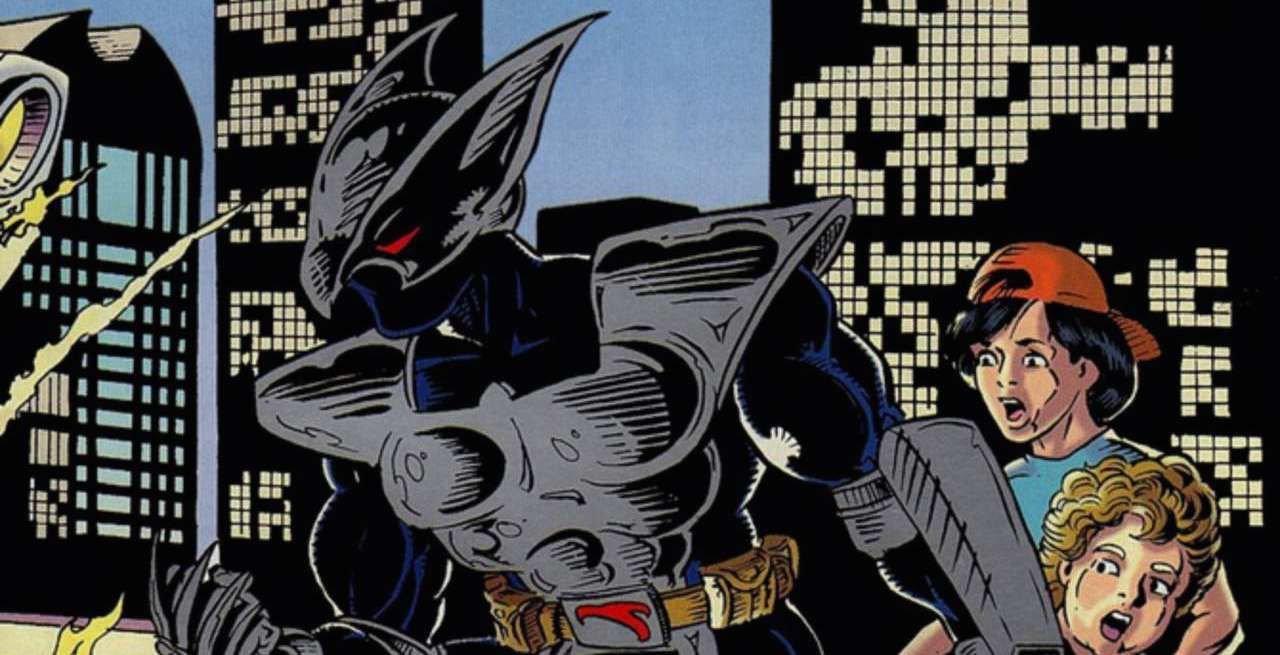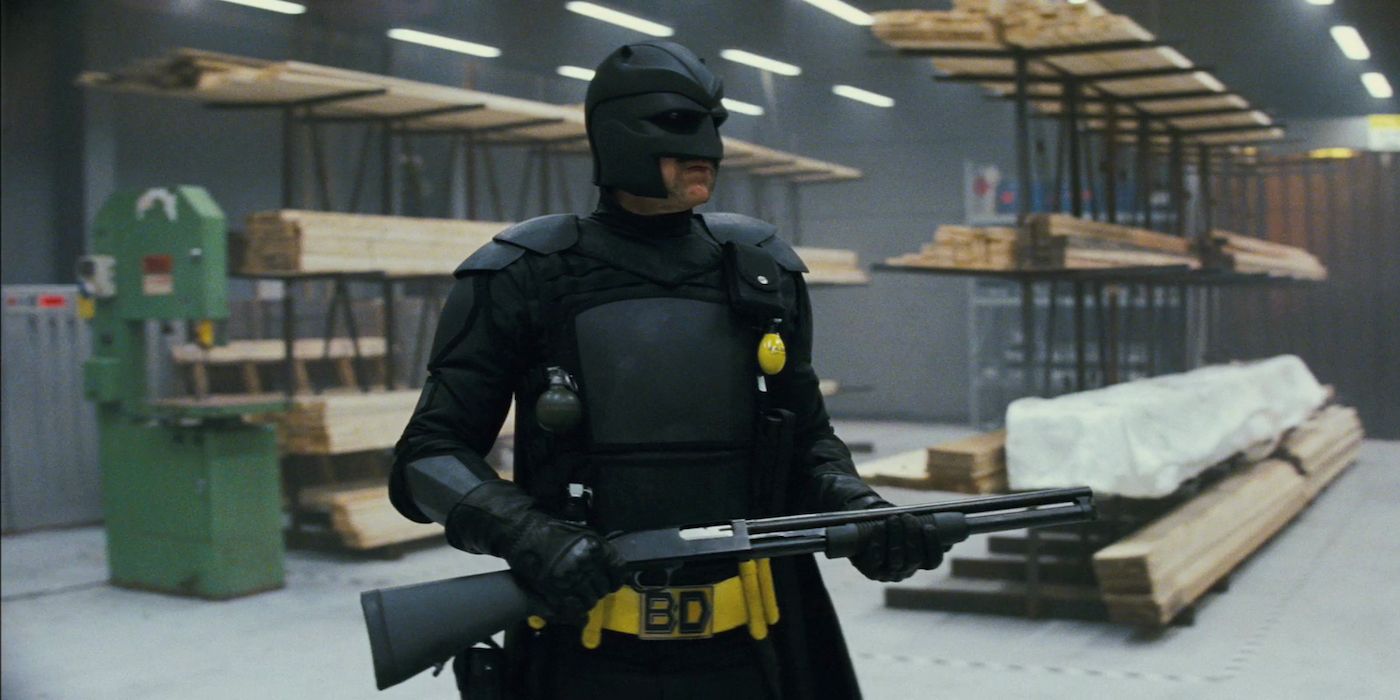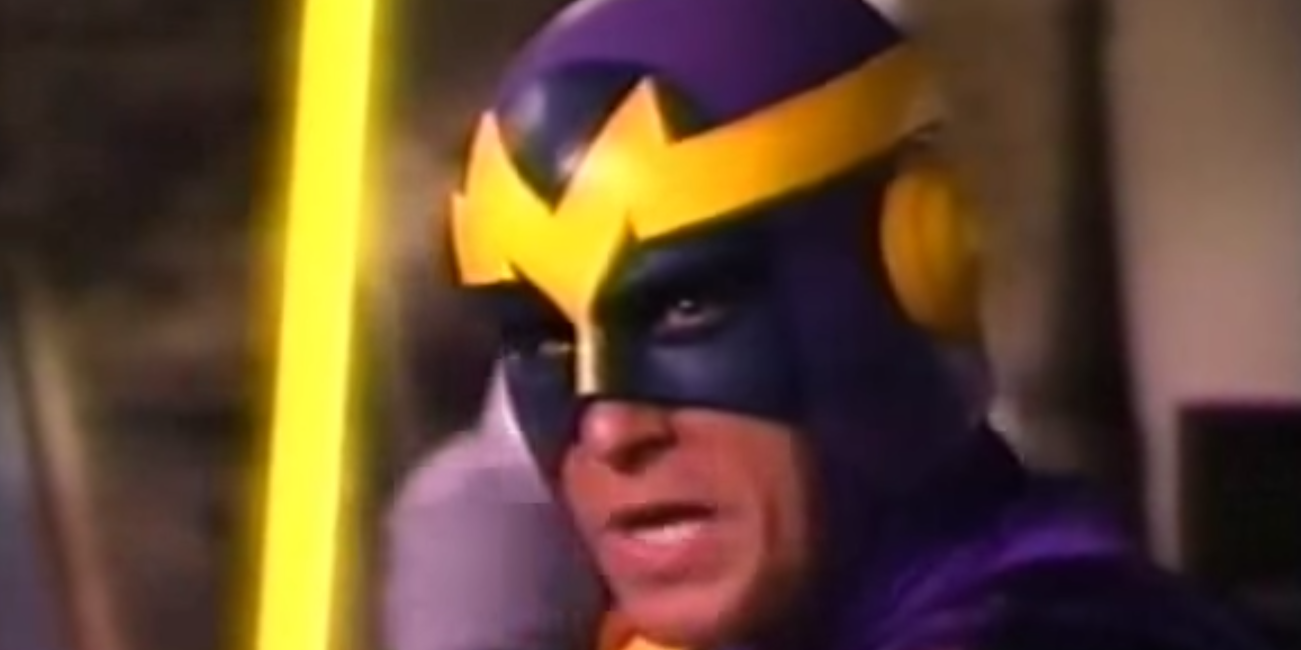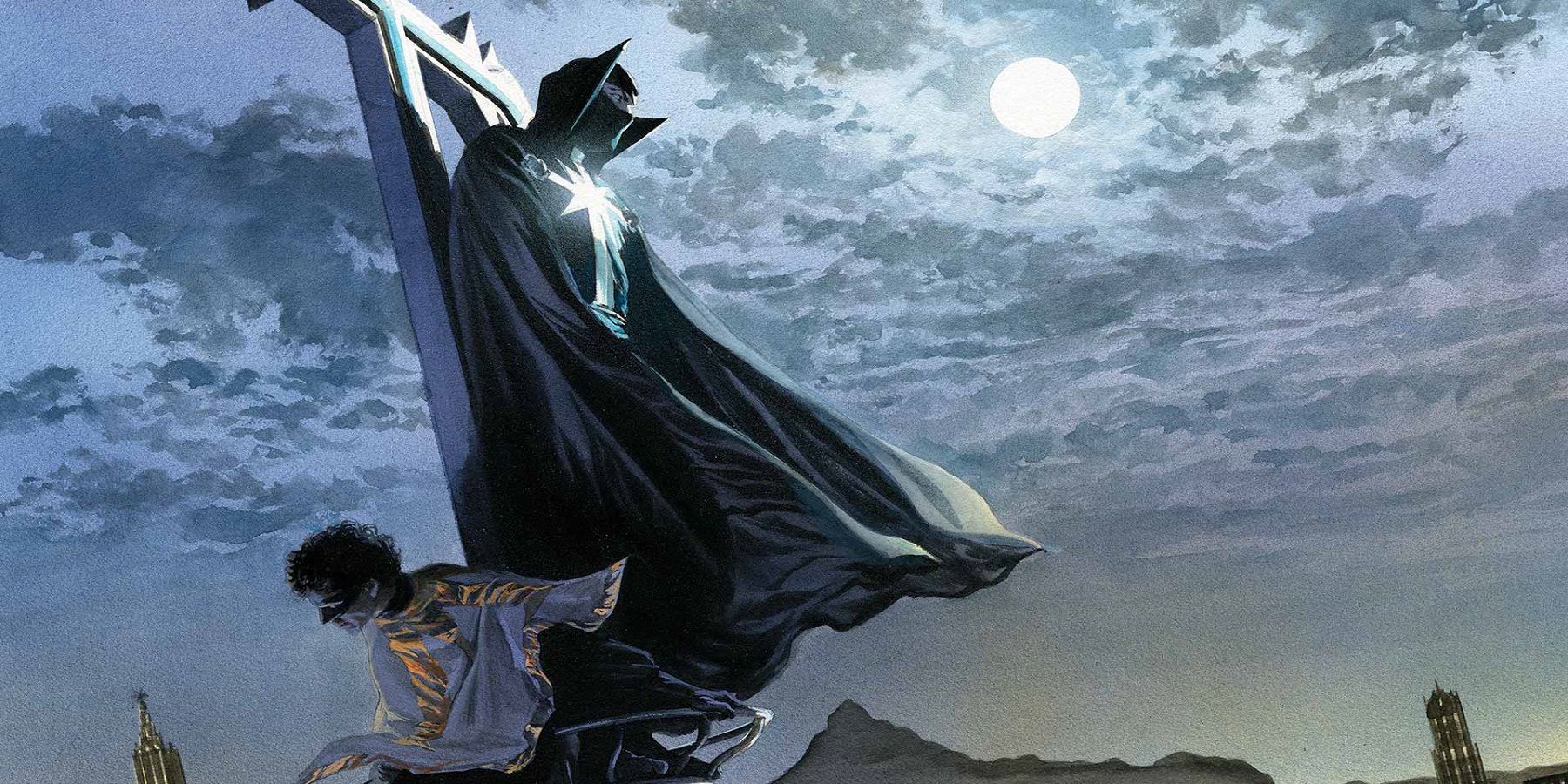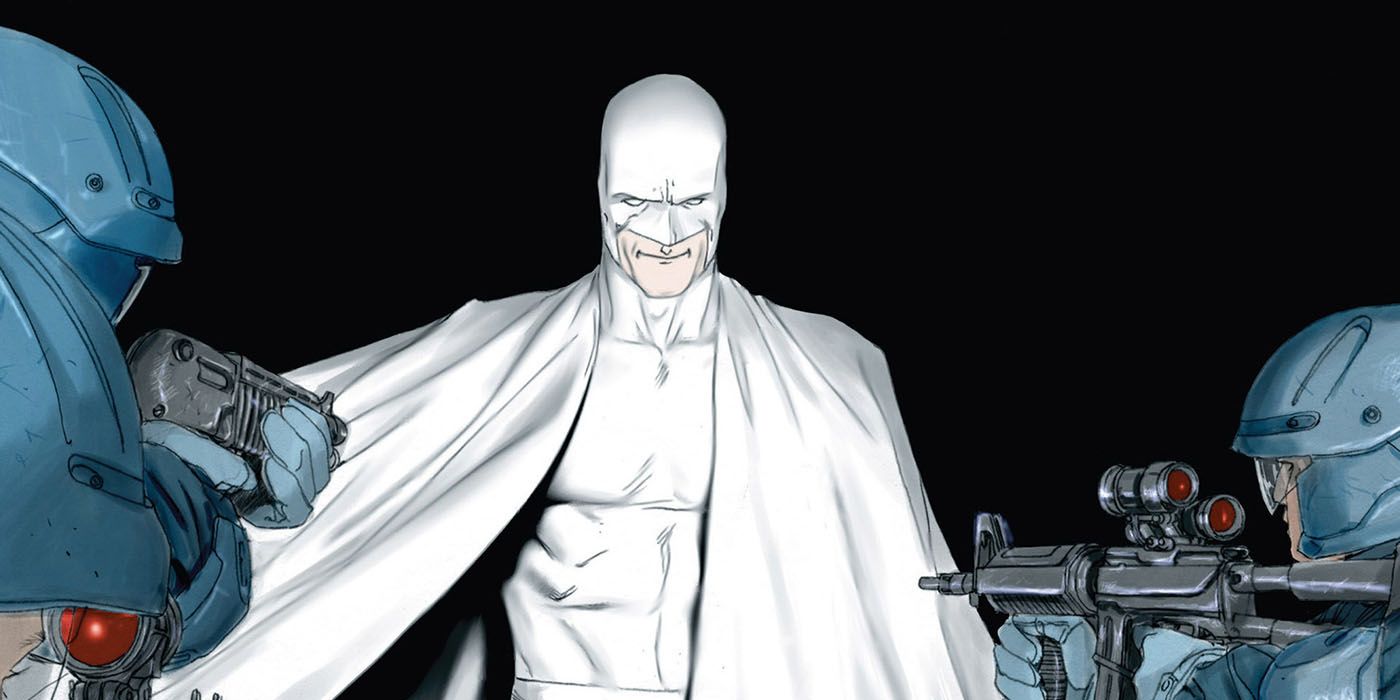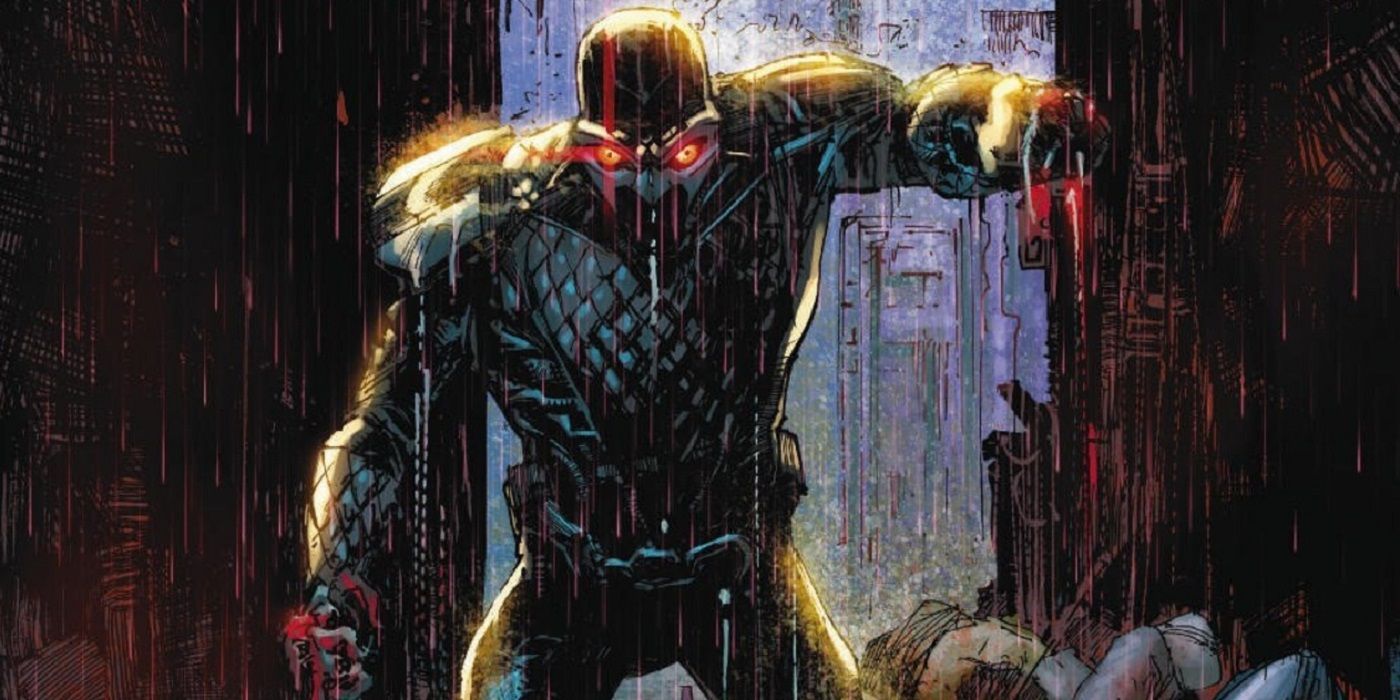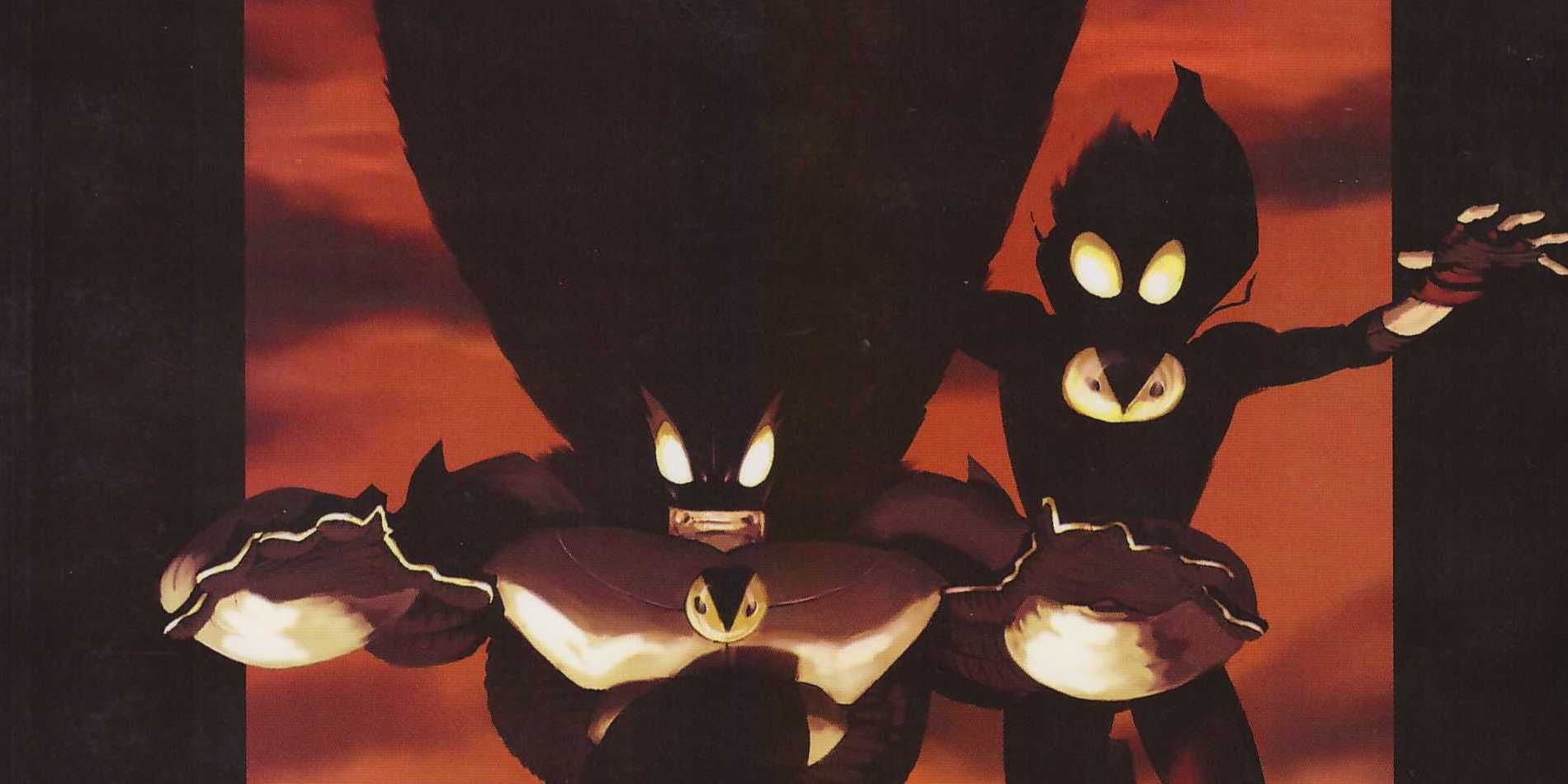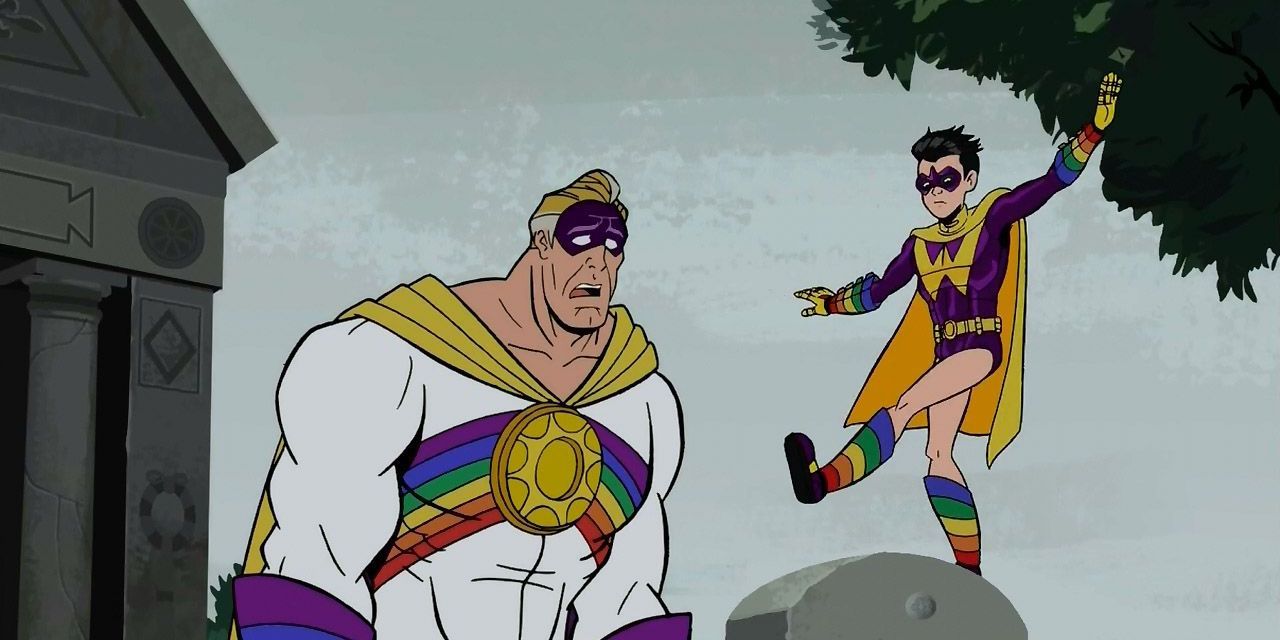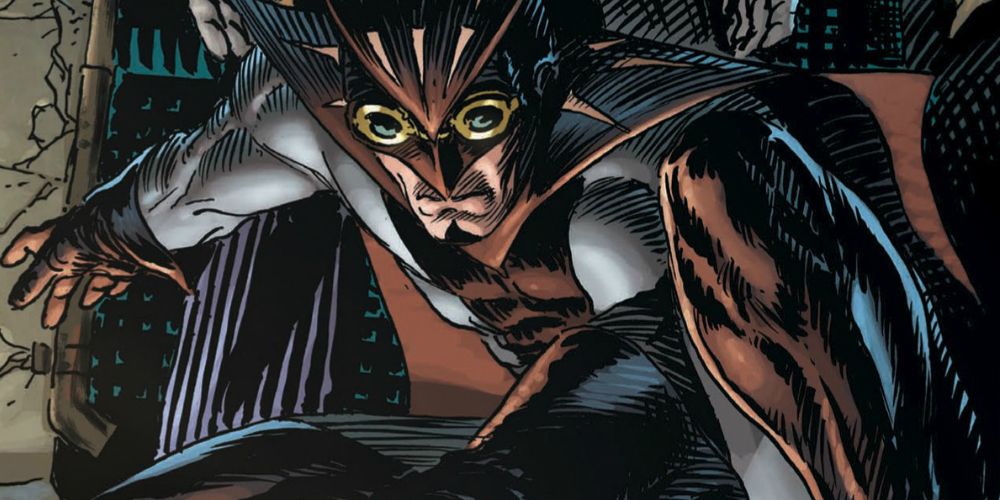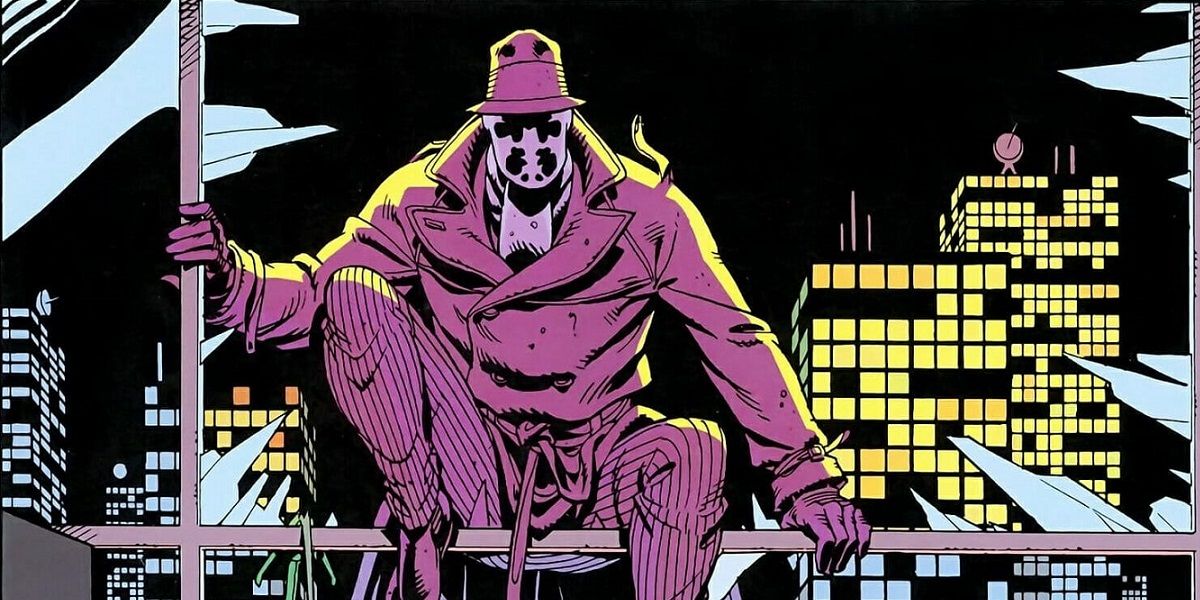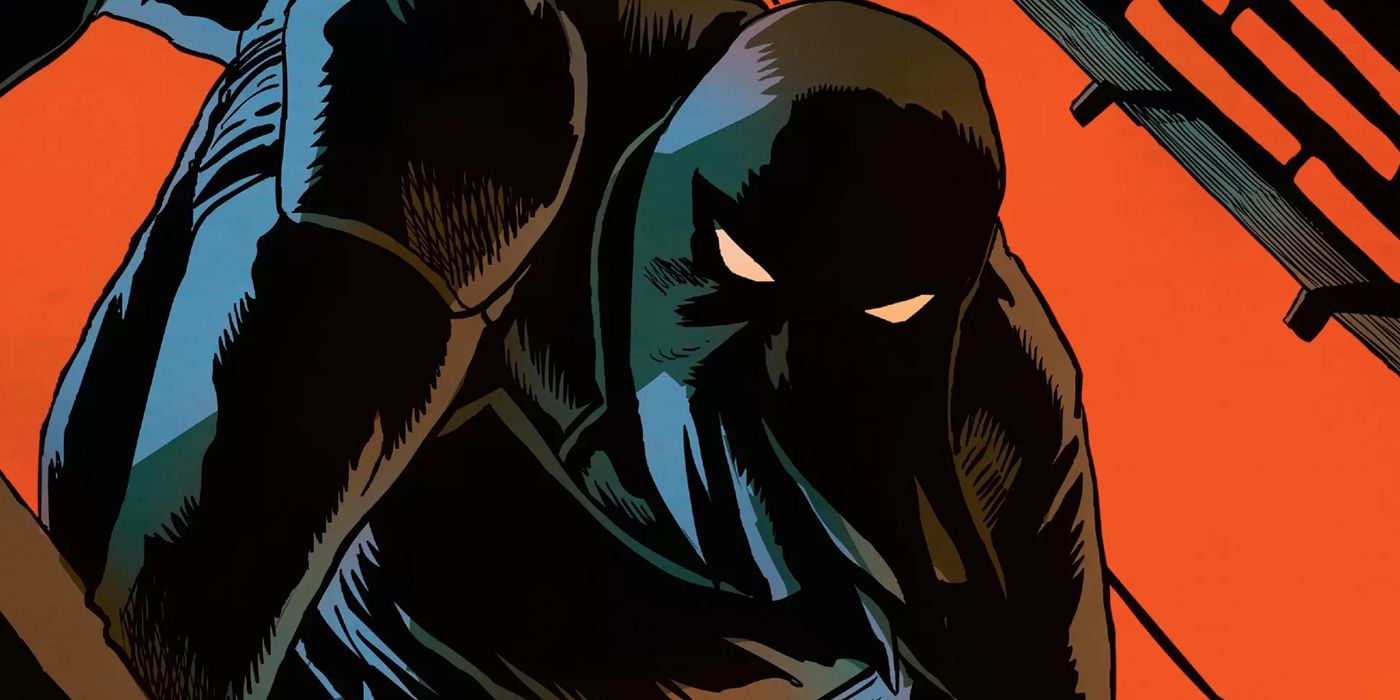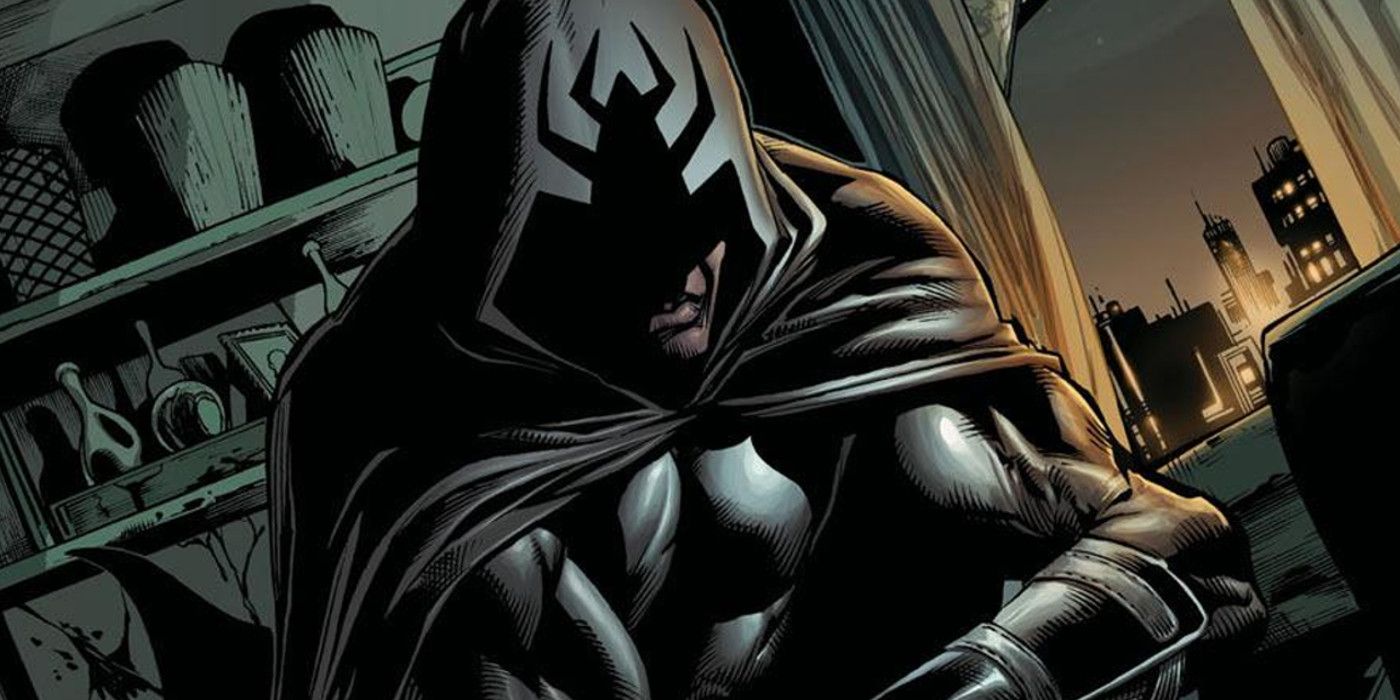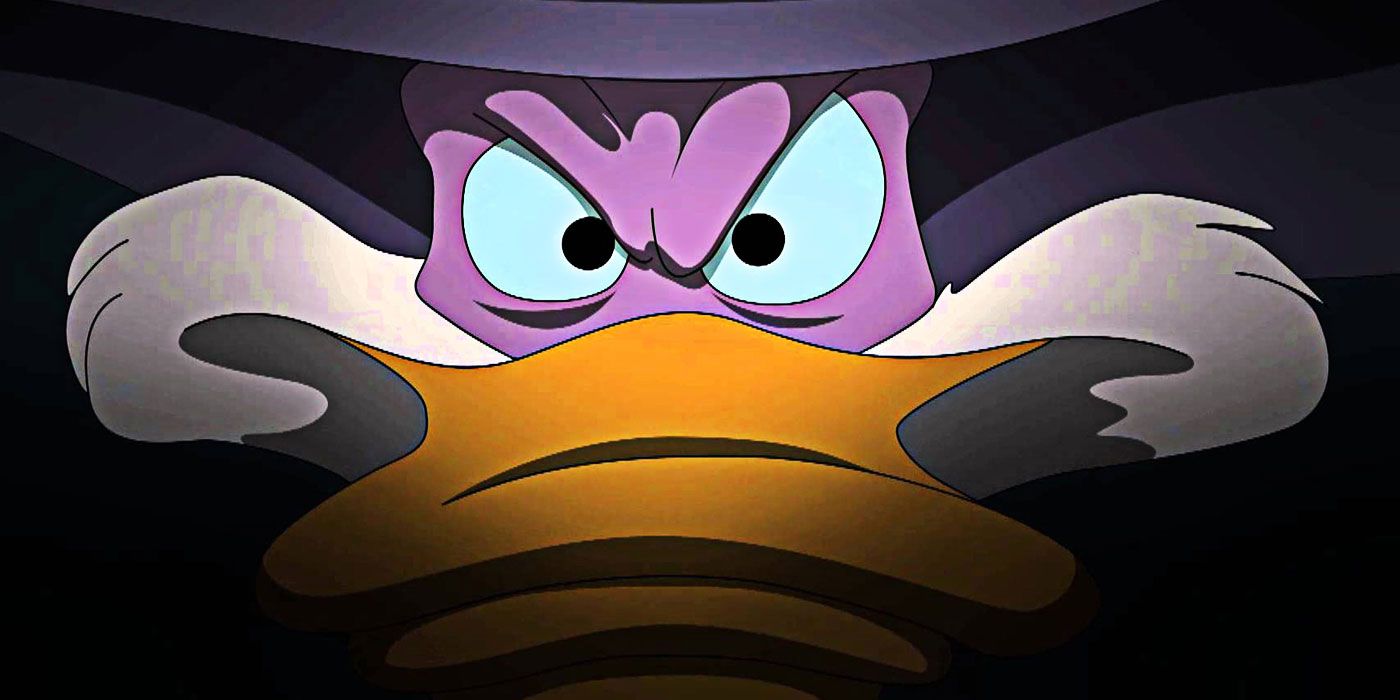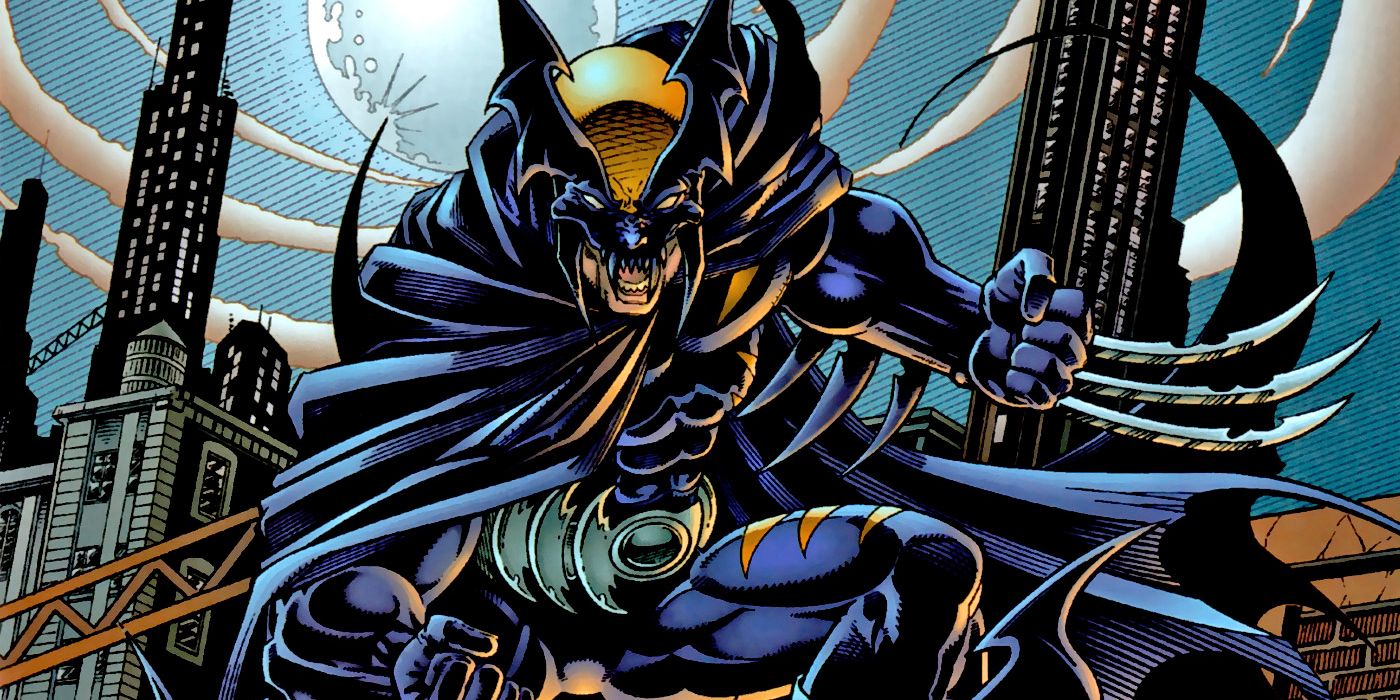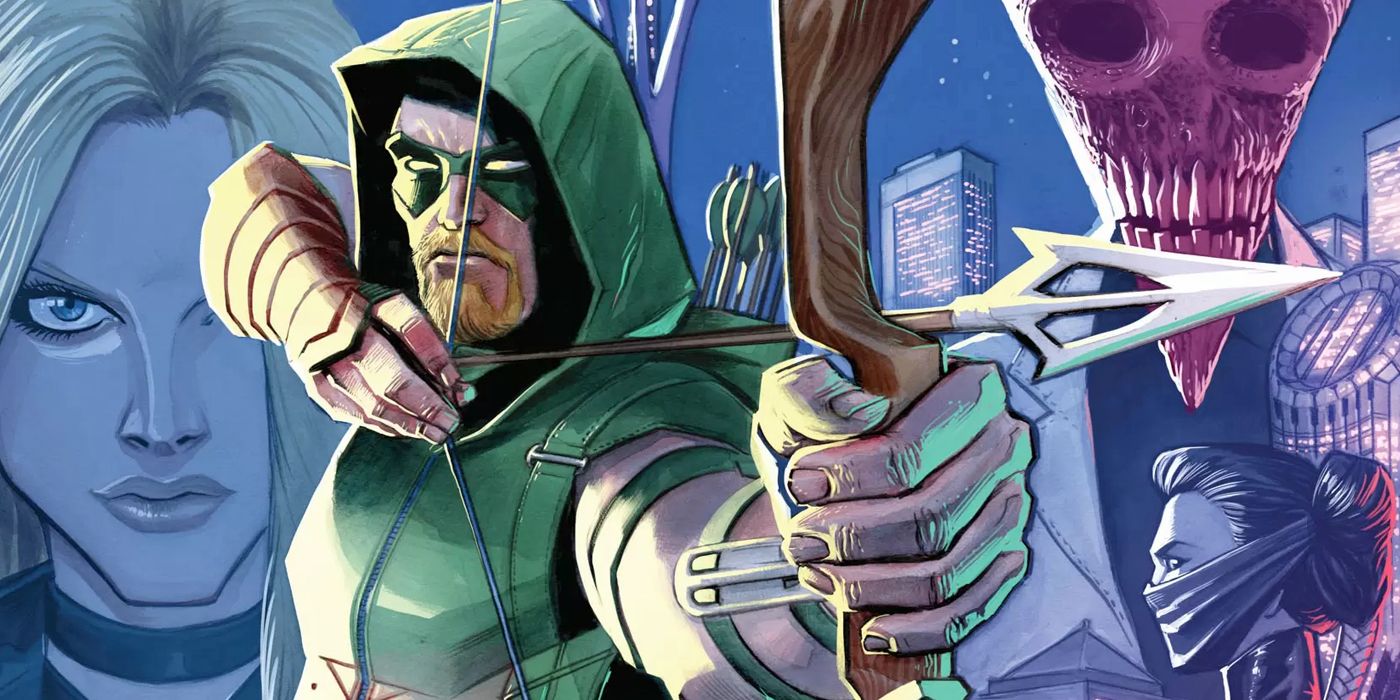In the oft- (and perhaps too oft-) quoted The Dark Knight, when an aspiring vigilante asks Bruce “What gives you the right? What’s the difference between you and me?”, our titular hero wryly shoots back “I’m not wearing hockey pads.” This exchange raises several questions, not the least of which is why be outright dismissive of ordinary people finding hope in and taking on the Batman mantle and then spend your next film explaining that Batman is a symbol of hope and passing off the mantle to an ordinary person. But the more pressing question, at least for the purpose of this piece, is what makes Batman unique?
Comics’ most endearing character can seem quite rudimentary on the outset: Regular guy learns some moves, throws on a suit, broods in the dark. Should be an easily repeatable path to success for any aspiring writer; but as we’ve seen time and time again, Batman is a balancing act of many moving parts. Some slight variation, even the most minor deviation, can throw the whole thing out of whack. Over the years, many attempts have been made to recreate the caped crusader, for the sake of comedy, social commentary, or just a simple cash-grab, only to find it's not as easy as it looks. From infamous flops to happy accidents, and even some creators who truly did “build a better Batman,” we salute these attempts, for better of worse, to do the same Bat-traits and the same Bat-panels.
20 WORSE: THE FIXER
We're in a new age of superhero popularity, with more new fans coming to comics than anything seen since the dawn of the new century. And these new fans, after first reading Dark Knight Returns or Daredevil: Born Again are often puzzled as to why Frank Miller is such a pariah. The Fixer is why.
Miller, famous for lacking that elusive quality known as "empathy," had already been somewhat coasting on his reputation by the time he pitched DC the project "Holy War, Batman." When DC shot down his idea for a xenophobic fever-dream of "Batman punching Al-Qaeda," many cried censorship. When Miller published the book with his lame-Batman stand-in The Fixer, many cried "This sucks."
19 BETTER: MOON KNIGHT
Considering his cult following, not to mention the complexity of the character's inner-life, it's astounding Marvel Studios hasn't yet made use of the character. Sure, his origin is convoluted and potentially problematic, but that hasn't stopped them before.
Part of Burton's bold vision for Batman in 1989 is "What if Bruce Wayne was unhinged?" But if you wanna get nuts, Moon Knight has been getting nuts in the pages of Marvel for decades. What started as a Batman take-off in the panels of Werewolf By Night has taken on a life, or multiple lives, of its own, with the split-personality hero functioning as both protagonist and unreliable first-person perspective, his fractured psyche providing an interesting parallel to the "stable" Bruce Wayne.
18 WORSE: NIGHT THRASHER
We've got a pitch for a superhero, stop us if you've hear it before. So, a young boy sees his wealthy parents gunned down in a crime-ridden city...no wait, stick with us...and he trains to become a vigilante...no, seriously, hold up...and he dresses like an early '90s BMX rider. Lest you thought the only "night thrashing" in NYC happened when someone blasted some 3am Cannibal Corpse at Duff's, Dwayne Taylor says "Think again."
Sure, Night Thrasher is a really cheap carbon copy of Batman, but so many are. What makes him truly egregious is his costume. It's almost impressive that Night Trasher's design is so unsightly that not a single redesign attempt could make it work.
17 BETTER: MIDNIGHTER
The best Batman-inspired characters work, not because they go "darker" or add powers, but because they look at the culturally ubiquitous character and find something troubling that they can subvert. They force us not to simply accept the popular concepts of "hero" but constantly re-examine not just our need for protectors, but the risk of letting someone choose that role for themselves.
Warren Ellis' Midnighter began in the pages of Stormwatch, but especially after his move to The Authority the character captivated readers. The intricacy of his professional and romantic relationship with Apollo (a Superman stand-in intended to explore both the latent homoeroticism and dangerous unaccountability of the famous World's Finest pairings) made for a fascinating meditation on the nature of power and the fallibility of man.
16 WORSE: SHADOWHAWK
Image Comics was a hugely important influence on the evolution of the comics medium in the '90s, for how accessible it made the medium to new creators. Image was more than a company, it seemed, it was an ethos: Don't settle for other people's characters. Tell your stories with your heroes your way.
That said, not too many of those original characters from the early Image days have aged terribly well. Exhibit A: Shadowhawk. Poll your average Comic Con crowd about Shadowhawk, and when you weed out the variations of "Who?" you'll wind up almost entirely with descriptions like "Oh, the Batman who looked like Wolverine who crossed over with Sonic the Hedgehog" rather than any particular story-arc.
15 BETTER: BIG DADDY
Though Nicolas Cage twice played Johnny Blaze, and eventually got to voice his beloved Superman in cartoon form, his most memorable superhero role might ironically be from a character meant to ridicule the very characters he so loves. Though Hit-Girl and the title character of Mark Millar's memorable superhero satire have stolen the spotlight, it's Big Daddy who perhaps provides the most biting critique of comics' most troubling trope: the child sidekick.
No we're not gonna go full Frederic Wertham here about Batman and Robin, but there is something inherently unsettling about the idea of adult superheroes exploiting a child's trauma to make them an elite crime-fighter. Big Daddy's blend of loving sitcom father and groomer of child-soldiers is a better takedown of the dangers of Batman than any '50s morality crusade could muster.
14 WORSE: BIBLEMAN
Look, we get the impulse. If you want to use a superhero spoof to get kids interested in the story of a super-powered savior raised by mortal parents, who stood up for the poor and disenfranchised, led a team of disciples to spread a message of hope and compassion throughout the globe, and was ultimately murdered by the efforts of the wealthy and selfish status quo only to be resurrected, you go with...Batman.
While some readers might remember these strange direct-to-VHS Bibleman adventures from the days their Catholic school teacher didn't want to answer a second-grader's question of what "virgin" means, even they would be astounded to know the series actually ran for 25 years, from 1995 all the way to 2010. Bibleman even saw an animated reboot in 2016.
13 BETTER: THE CONFESSOR
The very concept of "a vampire version of Batman" sounds like it should fall under our "Worse" category. Yet, The Confessor's arc makes him one of the more moving characters in contemporary comics. That's all thanks to the remarkable empathetic writing of Kurt Busiek in his iconic Astro City.
A 19th century Catholic priest, cursed with vampirism after a brief dalliance with a tempting but dangerous maiden, Jeremiah Parrish donned the mantle of The Confessor and fought crime in the streets of Astro City to atone for his sins. In time, he took on a ward, Altar Boy, and even gave his life for his beloved city, only for his posthumous reputation tarnished by rumor.
12 WORSE: NEMESIS
The pitch "What if Batman was The Joker?" may on paper seem an intriguing premise, but pretty soon you see that it also sounds like what that agro comics bro in your friend group proposes when he swears he has "a really cool idea for a Batman story." There are more ways it can go wrong than it can go right, and with late-period Mark Millar at the helm, we pretty much knew what was coming.
Nevertheless, Millar's critique of the bourgeoisie is shockingly unsubtle, exemplified in moments like Nemesis holding the president hostage and stating "It's time to hail your new f***ing Chief." It's admirable that Nemesis tries to have something to say about our class divide, but it plays like Rules of the Game remade by a freshman film student who's "really into The Dark Knight."
11 BETTER: NIGHTHAWK
DC has mined dramatic tension out of Batman's constantly encroaching discomfort with the existence of the Justice League, most famously during the "Tower of Babel" story arc. But for the best depiction of what Bruce truly fears about the fate of the JLA, you need actually take a look at one of Marvel's most underappreciated series, Squadron Supreme.
Even in their 1971 debut, the "Squadron Sinister" where an homage to the Justice League, but it wasn't until Mark Gruenwald took on a 12 issue solo series for the Squadron Supreme that he really explored those parallels for all they had. In it, Nighthawk, the "Batman" of the group, is the only one to express distaste for the Squadron's idea for a New World Order, and ultimately foils their global takeover.
10 WORSE: HAWK-OWL
Hawk-Owl and Woody, the "heroes" of Ultimate Adventures, were born out of the same forgettable U-Decide event that brought us Marville, one of the most universally panned comics in history. Former Marvel VP Bill Jemas was so sure a reboot of Captain Marvel would flop, he made a wager that involved his creating the two aforementioned "original" titles, which he felt were guaranteed hits.
What we got was one of the lamest Batman spoofs to date, hampered by obvious jokes, tedious writing and chronic late issues. Yet, thanks to the existence of U-Decide, there's some alternate universe where Hawk-Owl ran for 60+ issues. So take comfort that we somehow don't live in the worst of all possible worlds.
9 BETTER: CAPTAIN SUNSHINE
Typically, "nerd culture" satire comes in the form of easy, punching-down works like Big Bang Theory or the snark of Rick & Morty's The Vindicators episode. Works that seek to sneer at a medium they think is silly. The long-running Adult Swim series Venture Bros., however, is steeped in obscure pop culture, and relishes in its absurdity, crafting loving spoofs that somehow feel sincere.
Captain Sunshine, while super-powered, is an obvious riff on Batman and the subsequent Batman Beyond, in that the current Captain Sunshine is a former ward of the elderly original, who now fills the "Alfred" role. Always one to take things to the next level, Venture Bros. cemented their spoof by securing Kevin Conroy, the long-time voice of Batman, to also provide the voice of their superhero.
8 WORSE: NITE-OWL
Now, before you get up in arms, let’s get a few things out of the way. One: Watchmen is one of the greatest graphic novels in history, no argument there. Two: We are aware that Nite-Owl is indeed intended as a parallel of Blue Beetle. That said, some obvious elements of Batman crept into the critique character, much in the same manner figures like Superman and Captain America effected the development of Dr. Manhattan or The Comedian.
Our hang-ups with Nite-Owl are in part that the elements of Batman (and similar tech-based heroes) that the character examines are relatively low-hanging fruit. We get it, he's a mopey sad-sack whose emotional and physical impotence is a reflection of being a normal man in a world of the superhuman. Give us something more.
7 BETTER: RORSCHACH
If the frustration with Nite-Owl is that he's little more than the Ross Gellar of Watchmen, Rorschach delivers on all the promise of Moore's masterwork, creating a compelling protagonist you're still too uncomfortable to root for. He is the anarchist to The Comedian's for-hire facist, but his anti-authoritarianism and immovable conception of morality are a dangerous and firghtening combination.
Though obviously modeled after The Question, everything about Rorschach, from his brooding demeanor to his rage-fueled quest for his particular concept of justice is the natural evolution of a hero like Batman. Disgusted by the failures of humanity, seeking to enforce a purity even he cannot abide by, Rorschach is the most real and rebarbative reflection of the dangers of self-assumed righteousness.
6 WORSE: BLACK HOOD
Black Hood spent decades in the rubbish bin of comic book history, occasionally dusted off when Archie Comics felt like taking another crack at superhero stories. These reboots never worked out, and the poor man's Batman lay dormant. No one could have expected that a name-only, Rorschach-esque reflect of the once just hero would be the subject of speculation and discussion on Tumblr, of all places.
But before Black Hood was a Riverdale antagonist, he was an absolutely insipid attempt to cash in on the superhero craze. Matthew "Kip" Burland, who took on the Black Hood alter-ego after being framed for a crime, decided to keep the mantle after clearing his name because...reasons. Strangely, his dealings with characters like "Needlenoodle" haven't quite stood the test of time.
5 BETTER: DAREDEVIL
Though the Hell’s Kitchen of Matt Murdock’s origin seems as hard to believe as the fact that your $4000 Fort Greene apartment rests along what was once called "Murder Avenue," the scrappy, murky, street-level Devil of Hell's Kitchen feels as vital today as he did in 1964. What began as "Marvel's Batman" has developed a cultural legacy all his own.
What separates Daredevil from the horde of other Batman imitators, moreso than his deep-rooted Catholicism or his blindness, is his creative origin. Many other creatives hoping to copy the success of the Caped Crusader do just as Bob Kane and Bill Finger did, create a character and build a city around him. Stan Lee and Bill Everett looked at the city around them and asked "What kind of hero would these streets create?"
4 WORSE: THE SHROUD
The Shroud is one of the more fascinating Batman rip-offs in Marvel's rich history of trying to create their own Dark Knight. Of course, you expect any attempt to recreate the success of Batman to cannibalize his canon, but The Shroud's story goes so far as to actually also steal from the successful Batman pastiches already in Marvel's stable!
Like Batman, The Shroud's family was gunned down before his eyes and he sought elite training to become a vigilante. Like Daredevil, a traumatic physical event robbed him of his eyesight and replaced it with superhuman extrasensory awareness. Like Moon Knight, his vigilantism and exposure to secrets beyond our understanding drove him to madness. Ultimately, The Shroud had little that was his own to offer.
3 BETTER: DARKWING DUCK
There have been many Batman parodies in childrens' cartoons, from Spongebob's Mermaid Man to The Tick's Der Fledermaus, but none have developed the sincerely fervent fan base of the Disney Afternoon's dark vigilante. He is the terror that flaps in the night. He is Darkwing Duck!
With an artistic sensibility that melded the art-deco architecture of Burton's Batman with the rich world of Carl Barks' notable Donald Duck comics (which themselves inspired the equally iconic DuckTales), Darkwing Duck didn't patronize its viewers by resting on cheap Batman homage. Instead, it infused the newfound fervor for that hero with Dick Tracy, The Shadow, and the classic Disney screwball sensibility into a lovingly crafted, kid-friendly series with inarguably the most radio-friendly theme song of the early '90s.
2 WORSE: DARK CLAW
Comic fans new and old love to imagine what would happen if the two iconic companies of DC and Marvel came together to create a massive crossover event. Sure, that did actually happen several times, but we choose to ignore them because they proved to be far more dull or misguided than our flights of fancy ever could be. Case in point: Meet Dark Claw.
Imagine a combination of Batman and Wolverine. Whatever you're imagining, it's certainly better than Dark Claw, the downright stupid amalgamation that appeared in the fittingly named Amalgam Universe. Not only is his origin the most lazily assembled mishmash of his two spiritual progenitors, but his design is undoubtedly the most unholy combination of the two heroes imaginable.
1 BETTER: GREEN ARROW
Originally created so DC could have another “benevolent billionaire” in their stable, and initially little more than a Batman stand-in (a role he returned to when Oliver Queen was treated as the poor man’s Batman on Smallville), over the years Green Arrow became someone else. He's become something else.
A lot of that is owed to his politically active pairing with Green Lantern, and his later reimagining by Mike Grell in Longbow Hunters, but what really exemplifies his superiority to Batman, at least for those who grow weary of the Dark Knight's glower, is his smile. In his later pairings with the caped crusader, Green Arrow never strayed for calling out Bruce's self-imposed exile, often arguing that he comes from a similar inciting incident, but still finds a way to be a healthy part of human society.

